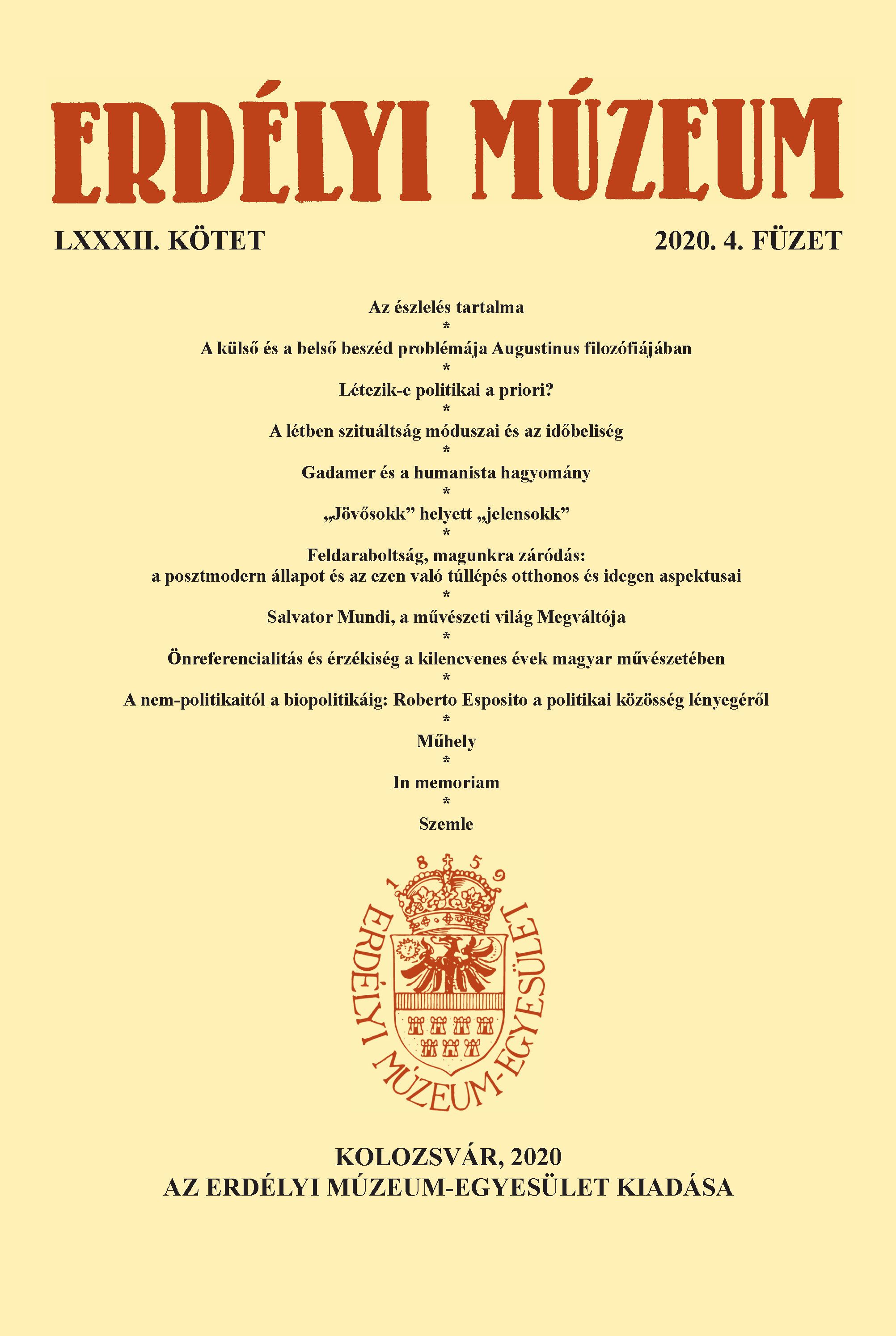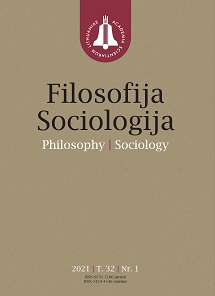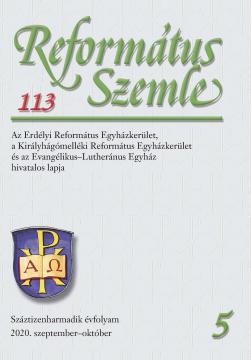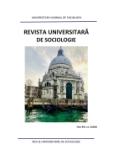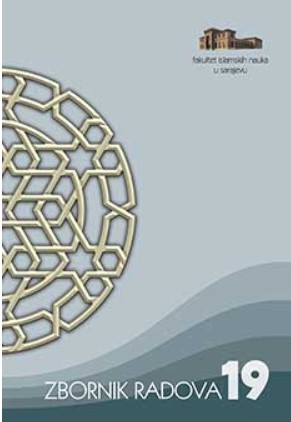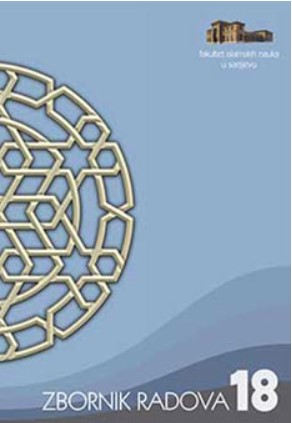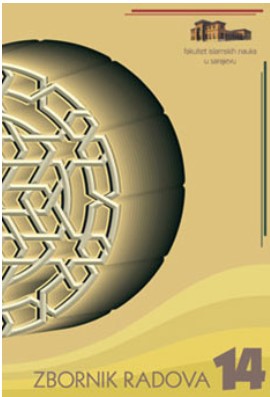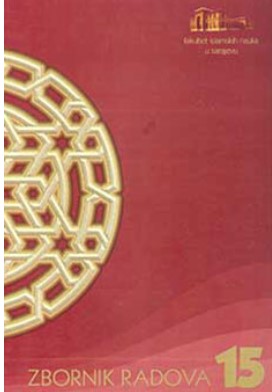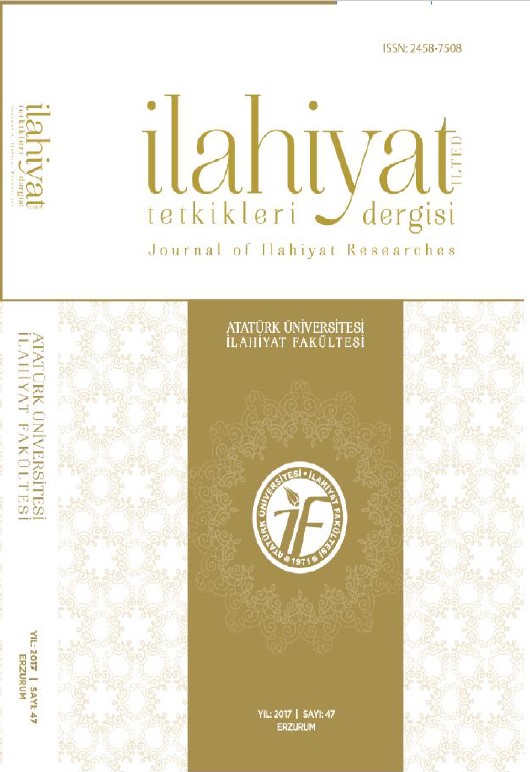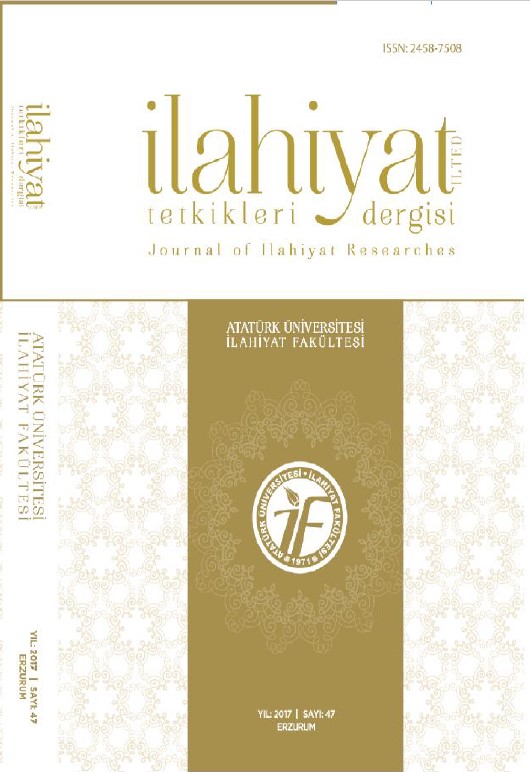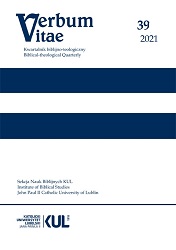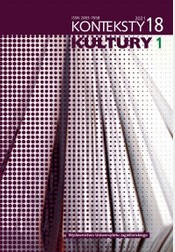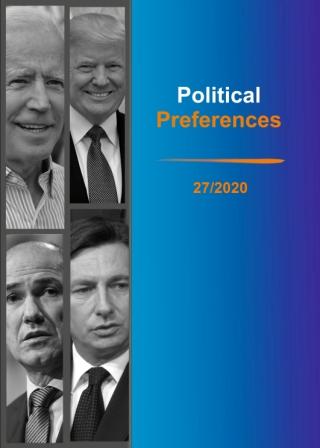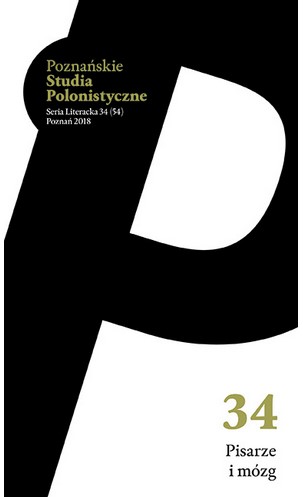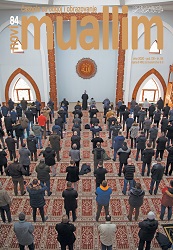
ORIJENTALNA LEKSIKA U ILMIHALIMA KAO PODLOGA OSTVARENJU SPECIFIČNIH ZADATAKA MEKTEPSKE POUKE
The aim of this article is to analyse the extent to which oriental lexis is present in textbooks for maktab class. The attempt was made to classify the oriental lexes found in categories: Arabism, words of Turkish origin, words of Persian origin: standard (irreplaceable lexis), sub-standard (replaceable); sacral (religious); non-sacral (non-religious); onomastics (origin of proper names; esp. personal names), stylogenous (elements of emphasised expression) and historisms (lexis developed from active language). The research was conducted on bases of three textbooks designed for different levels of maktab class (I, II, III), used in academic year 2020/21. The aim was to find out the extent to which presence of oriental lexis in textbooks, used as a source for studying and promoting local culture, contribute in achieving the aims of maktab class in this regard. Keeping in mind that the subject of this analysis was textbooks with religious content, it was expected to find more Arabisms, equal number of standard and sub-standard lexis, equal number of sacral and non-sacral lexis and sufficient number of lexis from other categories. Analysis was carried out by highlighting all the lexis of oriental origin and then classifying them as per mentioned categories. The results show that Arabism is the most present lexis (independent words), next most used are lexis of Turkish origin and least of all are those of Persian lexis. Category of standard was more often used than sub-standard and sacral lexis dominated over non-sacral. However, the percentage of standard, non-sacral lexis (approximately 20%) and the percentage of stylistic elements (around 4%) indicates that this is a good foundation for achieving specific goals of maktab class regarding learning about and promoting of local cultural values. The analysis showed the presence of onomastics, stylistic and historic elements in these textbooks as well. We also noted that lexis of Turkish origin of standard, nonsacral nature is rather scarce. The results of this research may have further use in future comparative researches in the field and in researches in the field of competency of mu’allims in achieving the specific goals of maktab class.
More...
